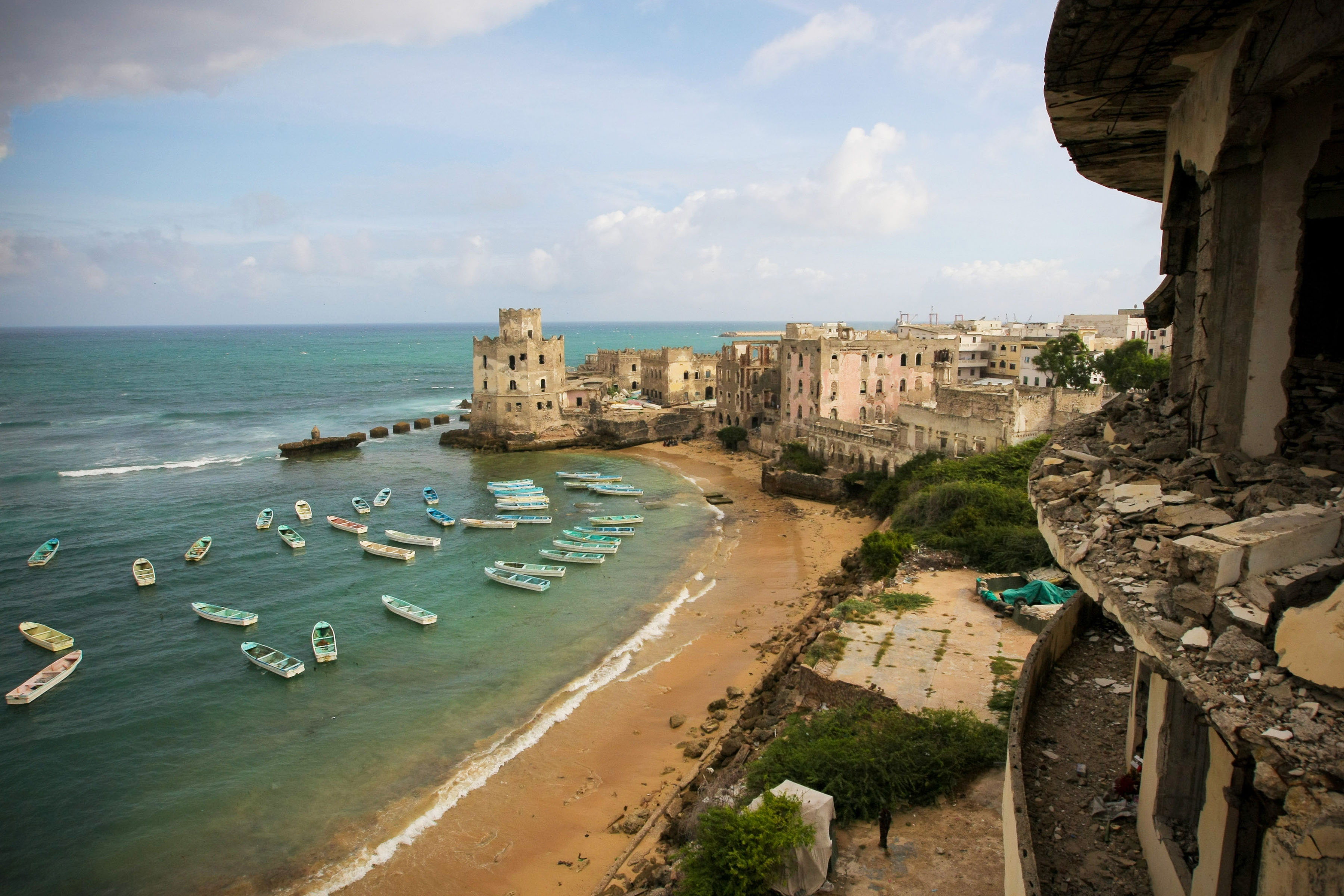Hargeisa (HAN) November 1.2017. The Monthly SIRAD Institute Report. Somali people and its territories are struggled to reestablish a functioning state since the collapse of an authoritarian regime of General Mohamad Siad Bare in 1991.
- Population census 35.5 million (Somali Institute Of SIRAD, July 2017)
- Area 637,657sq km (246,201 sq miles)
- Major languages Somali, Arabic, English
- Religion: Sunni Islam
- Life expectancy 65 years (men), 60 years (women)
- Official Currency Somali Shillings, EVC and US$
- Critical Assets: Fish, Livestock, Gas and Unknown Mining stocks
- Security: AMISOM and Unknown Security Agencies
- Somalia Waters: Piracy has been a threat to international shipping
- Illegal fishing: Fish stocks depleted by illegal foreign vessels
- Trade: Unknown
- Vision: Unknown
- Leadership: 7 Presidential Role leader (FMS, FGS and Somaliland)
- Political Parties: Unknown
Since 2012, when a new internationally-backed government was installed, Somalia has been inching towards stability, but the new authorities still face a challenge from Al-Shabaab militants in Southern Somalia and also a lack of common vision to face those challenges.
Since 1979, no direct national elections have been held to date, and the Somalia’s regions is divided among an internationally supported national government, the Al-Shabaab terrorist, a semiautonomous government in the Puntland region, and a separatist government in the Somaliland region.
All the Federal Member States (FMS) including Somaliland, political affairs are dominated by clan divisions, and ongoing insecurity has restrained the development of the economy and robust media and civil society sectors.
Background: Questions About Governing Styles in Somali Territories
7th-19th centuries – From the 7th-century arrival of Islam onwards, modern-day Somalia is ruled by a series of at times by Muslim Sultanates of Al-Sheikh Families, Including, Sheikh Yousuf Al-Kawniin, Sheikh Ahmad (Looboge), Sheikh Aw-Qudub, Sheikh Nuh, Aw-Hasan, Sheikh Isak (Isaq), Sheikh Abadir, Amir Nur and Turkish Empire (Othman sultanates of Harar and Barbara).
18th -19th century started a regional war between Abyssinian tribal forces (Highlanders) against Harar Empire with the support of Russia weapons, Portgal militia with logistics and all other European forces to defeat Harar Sultanates and its allies of Othman Empire in walled city Harar and Sylac (coastline – Port connected to Far-East and Arabian Golf).
19th century – European colonial powers, Great Britain, France and Italy gradually make inroads into Somalia’s regional cities and ports starting Amir of Harar (Amir Nur), with the bulk of the area coming under Italian rule, including, Marka, Kismayo, Mogadishu and Bosaso ports and the British establishing control of Harar, Jigjiga, Barbara and Sylac, while France controlled Djibouti known us French Somali Coast.
SIRAD Institute (The Somali Institute of Security, Diplomacy & Strategy to Empower Somali Statecraft)


Leave a Reply